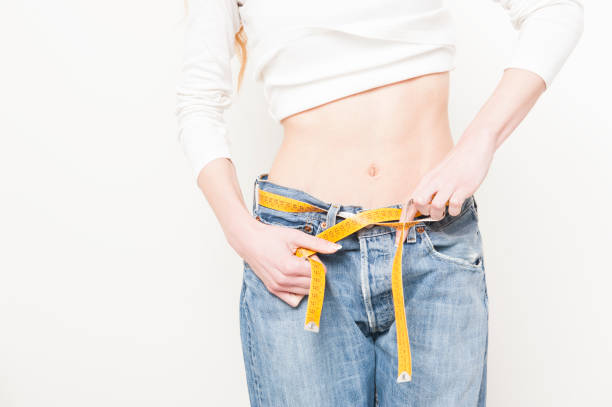Women wearing the latest celebrity trend, so-called waist-trainers, may have a nipped-in waist and hourglass shape. This tummy-tucking formwear brings back memories of buttoned-up corsets and tight girdles. Does it live up to the hype?
These compression devices are advertised in a way that suggests they can be worn during exercise or daily routines to help reduce your waistline. Michael Clem is a physical therapist at Spaulding Rehabilitation Network. He says that the evidence does not back up the claims.
Clem states, “People are looking for a quick fix.” “We do this every day, with belts and pants. What’s the last thing? Diet and exercise require more drastic changes in habits and take longer. “We all know what to do, but we don’t want it to happen.”
The hourglass myth is a sham.
Clem dispels four myths about waist trainers and explains one situation where they could be useful.
- Reduce fat in specific areas: Compressing the fat with a waist trainer and expecting it to remain put after you remove the shapewear is a flawed concept. Clem claims that fat is a deposit in the body. “Putting something on your waist won’t help burn fat just in that area.”
- Sweat off the inches. Perspiring in a particular area of your body — for example, under a waist trainer — won’t melt fat. “Sweat acts as a cooling mechanism.” Clem points out that we lose calories through sweat, but we cannot say where those calories come from.
- You may eat less because of the tight band around your belly. Orthopedic braces and compression sleeves can increase awareness of certain body parts, leading the wearer to take different actions. However, a thick band on the stomach is unlikely to have the same effect. Clem explains that our awareness of the internal organs is not as strong. While waist trainers may apply pressure to the abdominal area, they are unlikely to alter the body’s sense of fullness.
- Build core strength: A waist trainer can help build core strength if the doctor prescribes it as a temporary solution after certain surgeries, such as after a hernia operation, a cesarean, or an appendectomy. It provides tangible feedback on abdominal muscles as a patient recovers. Clem says that there are better ways to help someone feel their core, such as working with a therapist to improve posture and breathing.
In most cases, it’s not harmful to try one of these devices. However, pregnant women should avoid using them. If you are pregnant or have any other health problems, talk to your doctor to see if compressing your core can have negative effects. This could include not being able to breathe comfortably and deeply.
Protect your body from chronic inflammation.
Scientists have proven that low-grade chronic inflammation can become a silent killer, contributing to heart disease, cancer, type 2 diabetes, and other diseases. Harvard Medical School experts offer simple tips on how to combat inflammation and remain healthy.
Do you want to get a slimmer waist? Core strengthening exercises can help you shape your waist.
Here are three exercises that will help you strengthen the core muscles and define your waist. They’re listed from easiest to hardest. Starting with one set, work your way up while paying attention to form.
Bridge
Start position: Lie flat on your back, with your feet apart and your knees bent. Your arms should be at your side. Relax your shoulders by laying them flat on the floor.
Movement: Tighten the buttocks. Then, lift your hips off the floor so that they form a line with your shoulders and knees. Hold. Hold.
Tips & Techniques:
- Before lifting, tighten your buttocks.
- Align your shoulders, hips, and knees evenly.
- Relax your shoulders and relax on the floor.
Raise the opposite arm and leg.
Start position: Kneel on all fours, with your hands and legs directly aligned underneath your shoulders and hips. Maintain a neutral spine and head.
Movement: Raise your left leg from the floor and extend it behind you. Reach out with your right hand in front. Try to bring your leg and arm parallel to the floor, keeping your hips and shoulders squared. Hold. Repeat with your left arm and right leg. This is one repetition.
Tips & Techniques:
- Maintain alignment by keeping your shoulders and hips squared.
- Maintain a neutral spine and head.
- Try pulling your leg and hand in opposite directions to lengthen your torso.
Stationary lunge
Position to start: Stand straight up with your hands on your hips and your right foot between one and two feet ahead of your left. Lift your left heel and shift your weight forward.
Movement: Lower your torso until your right leg is parallel to the ground. Hold and then return to the starting position. Repeat with your left leg forward. This is the end of one set.
Tips & Techniques:
- Keep your front leg directly above your ankle.
- The rear knee, the hips, and the shoulder should all be in alignment. Do not lean backward or forward.
- Maintain a neutral spine and keep your shoulders back and down.

